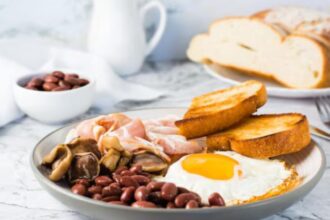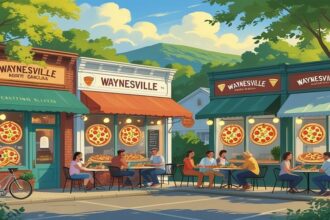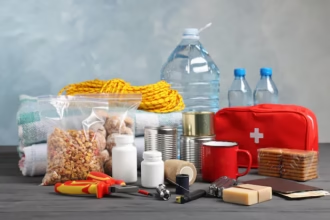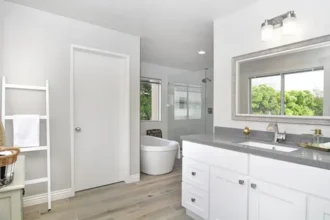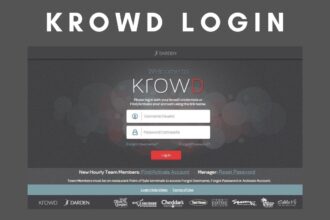If you’re a food blogger, your recipes are only part of the story. The other part? Your website experience—how easy it is to browse, read, save, and share your content.
Whether you’re just starting out or you’ve been blogging for years, these web design best practices will help you create a site that supports your goals, attracts more traffic, and keeps readers coming back.
1. Put Your Recipe Front and Center
When users land on a recipe page, they don’t want to scroll past a full life story. Add context if it adds value—but include a jump-to-recipe button so they can get straight to the ingredients if they want to.
Use a recipe card plugin that’s:
- Mobile-friendly
- Supports schema markup for SEO
- Easy to print and save
This small change boosts user experience and search engine performance.
2. Use High-Quality Images (But Optimize Them)
Food is visual. Your photos can make or break a visitor’s interest in your content. Invest in lighting and composition—but don’t let image size slow your site down.
Best practices:
- Use JPEG for photos and WebP where supported
- Compress images before uploading
- Add alt text for accessibility and SEO
Fast-loading, beautiful imagery is a win-win.
3. Design for Mobile First
Most food blog traffic comes from mobile. That means your site should look great and function smoothly on a phone before anything else.
Mobile-friendly tips:
- Keep typography legible (no tiny fonts)
- Avoid fixed-width elements
- Make sure buttons and links are easy to tap
Test your site on different devices and screen sizes regularly.
4. Create a Strong Homepage Structure
Your homepage isn’t just an intro—it’s your navigation hub. Prioritize a clean, organized layout that highlights your best content.
Include:
- A clear value proposition (“Easy Weeknight Dinners” or “Seasonal Vegan Recipes”)
- Category links or buttons for browsing
- Featured posts or popular recipes
- A newsletter signup or lead magnet
Don’t overwhelm visitors with too much text—guide them to what they’re looking for. For inspiration, check out Bake Cook Repeat.
5. Organize Your Categories Intentionally
Think like your reader. How would someone browse your site? Not by month, but by topic or need.
Structure categories around:
- Meal types (Breakfast, Lunch, Dinner)
- Diets (Gluten-Free, Vegan, Low-Carb)
- Occasions (Holidays, Quick Weeknights, Meal Prep)
Use tags sparingly and don’t duplicate categories. Clean structure supports SEO and helps readers find more of what they love.
6. Make It Easy to Stay Connected
Turn one-time visitors into subscribers by making it easy to follow your blog.
Include:
- A newsletter popup or inline form
- A lead magnet (like a free recipe eBook)
- Clear social links
- Pinterest-optimized images with pin buttons
Grow your list by offering value and reducing friction.
7. Don’t Overdesign
Simplicity is powerful. Avoid heavy fonts, loud colors, and overcomplicated layouts. Instead, aim for intentional white space, consistent fonts, and a natural visual hierarchy.
A food blog should feel approachable and digestible—pun intended.
Final Thoughts
A good recipe deserves a great platform. Your web design can either support or sabotage your blog’s growth. When in doubt, focus on clarity, usability, and your audience’s experience. That’s what keeps them coming back—for your next recipe, your next post, and your newsletter updates. If you’re looking for the best food blog web design services, we highly recommend Samantha Digital.



